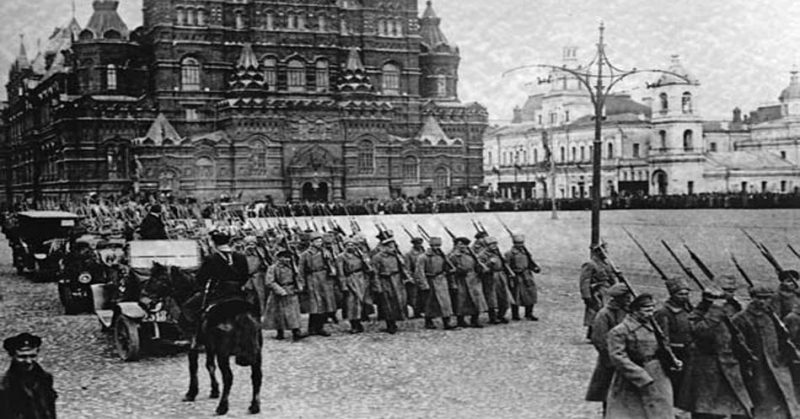Paulo Coelho, world-renowned Brazilian author of The Alchemist, Veronika Decides to Die and The Zahir is joining RT’s #1917LIVE project to run the Twitter account of Margaretha Zelle, a notorious double agent during WWI better known by her stage name Mata Hari. RT’s international English-language project #1917LIVE is a large-scale historical re-enactment of the Russian Revolution on the eve of its 100th anniversary with events unfolding in “real time.”
“I decided to use Twitter to post about the last 30 days of Mata Hari (The Spy). If you have an account, I invite you also to follow Twitter – Paulo Coelho announced on his Facebook page. Mata Hari, the subject of Coelho’s most recent historical novel The Spy, was a Dutch exotic dancer who was executed for being a double agent for the Germans in France on October 15, 1917—or in a month if we go by the #1917LIVE timeline.
Paulo Coelho has praised RT’s Twitter project, writing “One of the most interesting tweet experiments: #1917LIVE, telling with photos & texts the story of the Russian Revolution.”
“We are honored and excited to collaborate with Paulo Coelho and retell Mata Hari’s last days as part of #1917LIVE. Paulo even shared with us some unique MI5 archive documents that he used while writing his book,” said Kirill Karnovich-Valua, creative chief of #1917LIVE.
Earlier this year renowned historian and New York Times-bestselling author Helen Rappaport, also joined RT’s #1917LIVE project as a contributor. Rappaport is best known for, among other works, “Four Sisters”, a historical novel about the tragic fate of the daughters of the last Russian tsar, Nicholas II. In August, she took charge of the Twitter accounts for the four tsarinas in order to bring to life their voices.
In late 2016, RT launched one of the biggest historical re-enactments on Twitter. United under a flagship feed called the Russian Telegraph (RT), a fictional media outlet, the innovative project consists of dozens of Twitter accounts run under the names of key historical characters from the time period, from the last Romanov Tsar Nicholas II and Bolshevik leader Vladimir Lenin, to common workers and soldiers. Currently, there are over 80 accounts in total, tweeting historic events in real time. The project’s accounts have more than 190,000 followers and the #1917LIVE hashtag has been used in over 170,000 tweets.
The project also includes a series of specially produced videos recreating the events that took place 100 years ago, from the abdication of Nicholas II to the starvation in Petrograd, to Lenin’s fateful speech.
RT’s project sparked interest in audiences across the world, inspiring them to join the project by creating accounts under the #1917CROWD hashtag.
The project has also caught the attention of public figures, journalists and researchers from the US, Europe and Latin America. #1917LIVE followers include the major of Riga, Latvia, Nils Ušakovs, British and Italian MPs, the Spanish ambassador to Russia, the British ambassadors to Estonia and Ukraine, and the Russian Mission to the UN. Journalists at The Guardian, Bloomberg, The Wall Street Journal, The New York Times, The Washington Post, Newsweek, and France 24 have also been following the project, with stories about it published in more than 10 languages.
More about RT’s #1917LIVE
